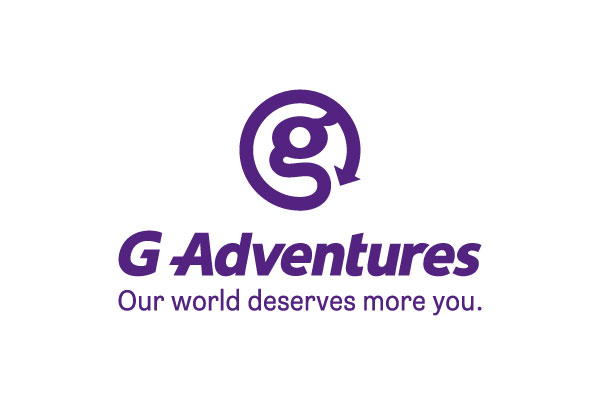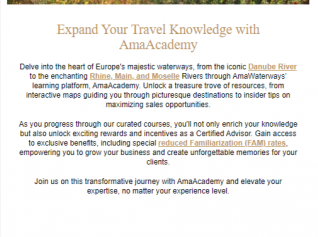Good destinations tell stories says Hidden Britain

Storytelling tips excerpted from Hidden Britain newsletter as follows:
to help you turn your Hidden History into a valued visitor hook, this month’s newsletter focuses on integrating storytelling as an approach to catching the tourist gaze.
Let’s not beat around the bush, the UK is packed full of destinations competing for the same slice of cake. For rural communities this means plenty of places all trying to attract visitors with an offer incorporating historic buildings, countryside access, outdoor activities, food and specialist shopping.
The key of course is to stand out. One proven method is to explore your Hidden History.
The stories that only locals know and the interesting heritage you can share might not be obvious to a visitor but they represent a great opportunity to help you stand out as a destination.
Digging for the interesting bits…
First things first, do some digging and uncover what you have! Local history groups, museums, church groups, parish archives etc can all be great places to uncover your Hidden Histories. Try and look for specific events that might have occurred, significant visits by famous people or notable associations with things of historical significance.
Once you’ve assembled all the interesting history and facts around the destination, it’s certainly worth weeding out the less useful ones. Ask yourselves firstly, what kind of experience can you conjure from it? Is it actually an appealing experience? Will it attract and enthuse your target audiences?
Successful ideas are based around more than a famous figure being born somewhere and then having no further connection. The aim is to let the visitors in on the story and involve them in your destination. Winning stories can be translated into an enticing experience for the kind of visitor you are looking for.
So what’s good? Well in short, whatever makes a good story for your audience. For example if you want to appeal to young families with small children, then anything ghoulish, action-orientated (like battles, WW2 or smugglers – see below) will certainly appeal, whereas, literary connections and subtle nuances of local history are better for an alternate visitor.
Telling the story… Much of the implementation will depend on 3 factors:
- What you are trying to convey
- Your audience
- Your resources
Start by reviewing the story you plan to tell. Is there a fixed location or can it visit various points throughout the destination? What do you need to do to express the story; visual aids only or does it require audio, moving images, or something more interactive and immersive? Ask yourselves what kind of experiences your target audiences would engage with.
Mobile apps can be great but are useless if your audience is not carrying smartphones (See June’s Newsletter) or your story takes place underground with no signal! Static information boards are also well used but have less impact with younger audiences and families. Finally, consider your resources.
Technology can offer cheaper alternatives and can last for a while until it is superseded by the next version. Static displays have a longer lifespan but a high upfront cost, so really it’s about finding a manageable resource that delivers a time/budget balance.
Here’s our take on a few practical options for storytelling:
Self-guided trails– one of the best forms of storytelling, as it gives time and space to convey a story, encourages people to explore a destination, and engages them for a significant amount of time (usually long enough to start thinking about food and drink). They can also be relatively cheaply produced if held as .pdf files on a website, although the more traditional form of leaflets obviously comes with a bigger price tag. Remember that however you plan to create these guides, it’s important to strike a balance between enough directional information so people don’t get lost and interesting points of history.
Interpretation boards- A useful device for explaining the significance of a specific point or feature, these static panels have a long lifespan but unless well-written and planned, can end up being unread.
Simple rules to make them work include; limit the amount of words to the absolute minimum, write in a simplistic and succinct style, include a call to action where people can get more information (locations of other boards or information sources are good, better are interactive ideas like QR codes linking to a web address – which could be more information, images or a commentary)
Museums and information centres– don’t have to be dedicated to that express purpose, we’ve seen some great examples of small areas of an existing business being given over to the purpose. This can provide a great focal point and you can go crazy with the displays. Utilise this focus to encourage visitors to explore the destination further, the information may all be in one place but that doesn’t mean the experience has to be.
Mobile Apps– Apps, apps, apps! This is a resource intensive option and there are some great examples of apps being used to convey stories, the advantage being the access to multimedia on the go. However there are alternatives. AR apps (Augmented Reality, more info from June’s Newsletter) like Wikitude allow users to geo-tag images on Flickr and videos on YouTube; meaning that you can tie multimedia information to a particular spot which a user can view on arrival. Another great and simple idea is the emergence of options to tie historic images to Google maps which can be read with apps like whatwas there and provide an online historical perspective.
Of course there is always the human interactive element, and no description can illustrate this better than the example below…
Putting it into action…
St. Peters Village Tour in St. Peters, Kent (just outside Broadstairs), run award-winning guided village tours. The experience is a truly immersive one, with a complete cast of costumed characters interacting with audience and playing out scenes of village history as you progress around the village. It covers multiple aspects of their history including conditions in the Victorian workhouse, the tower used in the Napoleonic wars, smugglers and plenty other facets of local life. What’s really amazing is these professional quality tours are conducted by a dedicated group of volunteers who have engaged over 20,000 visitors with real passion and enthusiasm for the village they live in. We’d sincerely suggest you check it out. http://www.villagetour.co.uk
Another example is the tale of Hawkhurst in Kent which was once the home of the rather vicious, bloodthirsty and notorious Hawkhurst gang of smugglers. They ranged with impunity during the 18th Century, but outsider knowledge of them and their escapades was not particularly widespread. With the help of local historians and publicans they created a trail linking together the various hostelleries and sights with connections to the gang’s dubious activities and provided information panels at each so everyone can find out more. Read more at the Hawkhurst website. http://www.visithawkhurst.org.uk
For more info:http://www.hiddenbritainse.org.uk/newsletters.htm
Valere Tjolle
Valere edits and publishes the authoritative Sustainable Tourism Report Suite: Free offer for DMOs, CVBs, Tourist Boards HERE:
 United Kingdom
United Kingdom United States
United States Asia Pacific
Asia Pacific












































Dozens fall ill in P&O Cruises ship outbreak
Turkish Airlines flight in emergency landing after pilot dies
Boy falls to death on cruise ship
Unexpected wave rocks cruise ship
Woman dies after going overboard in English Channel